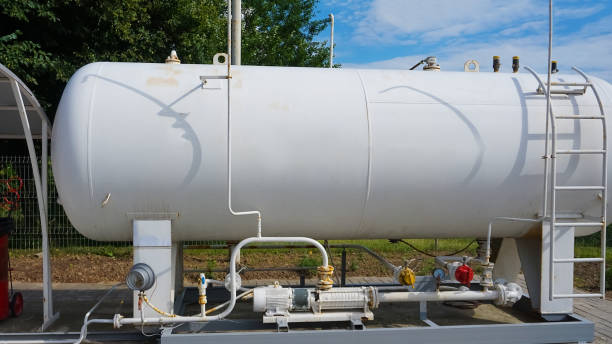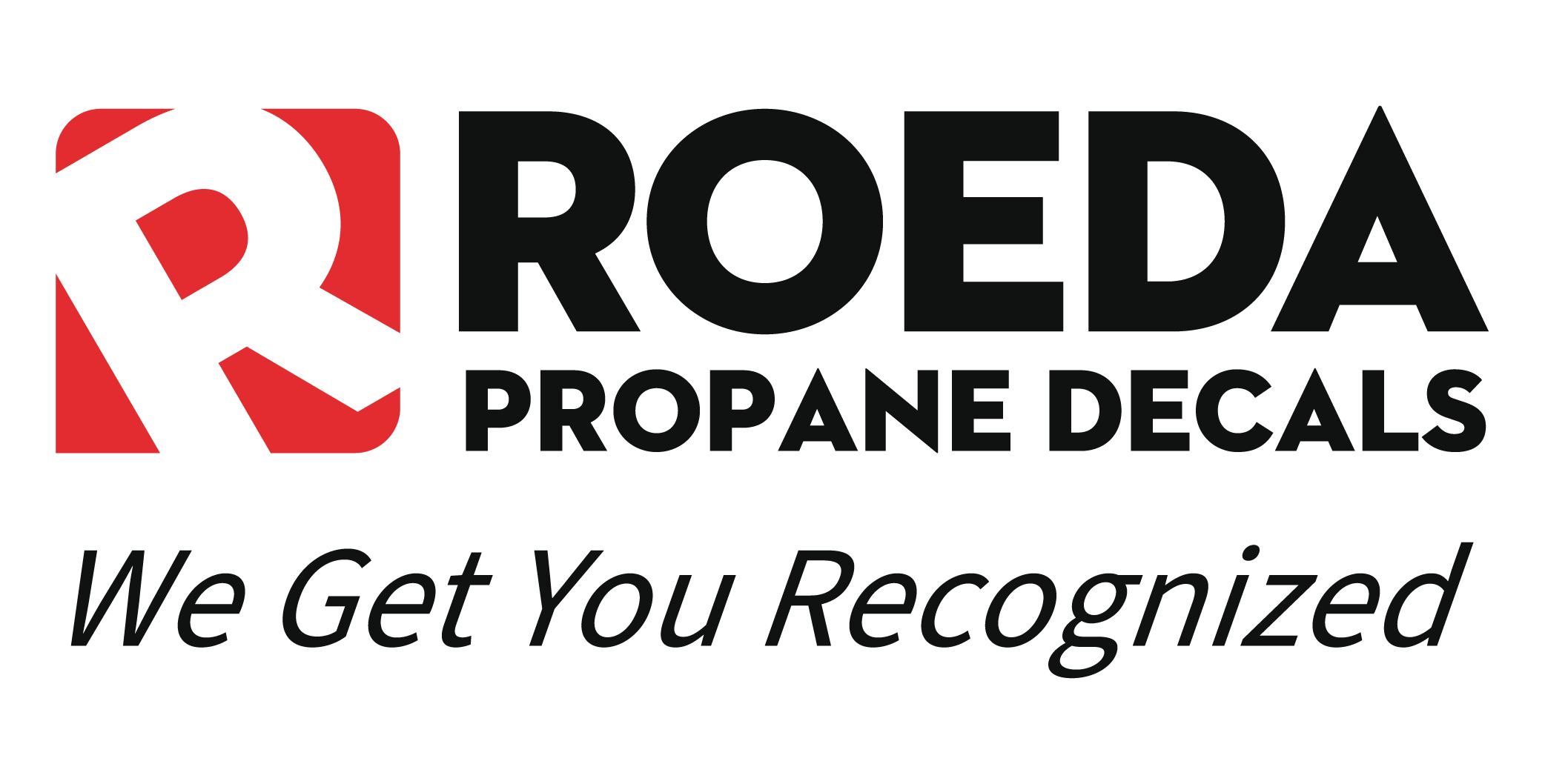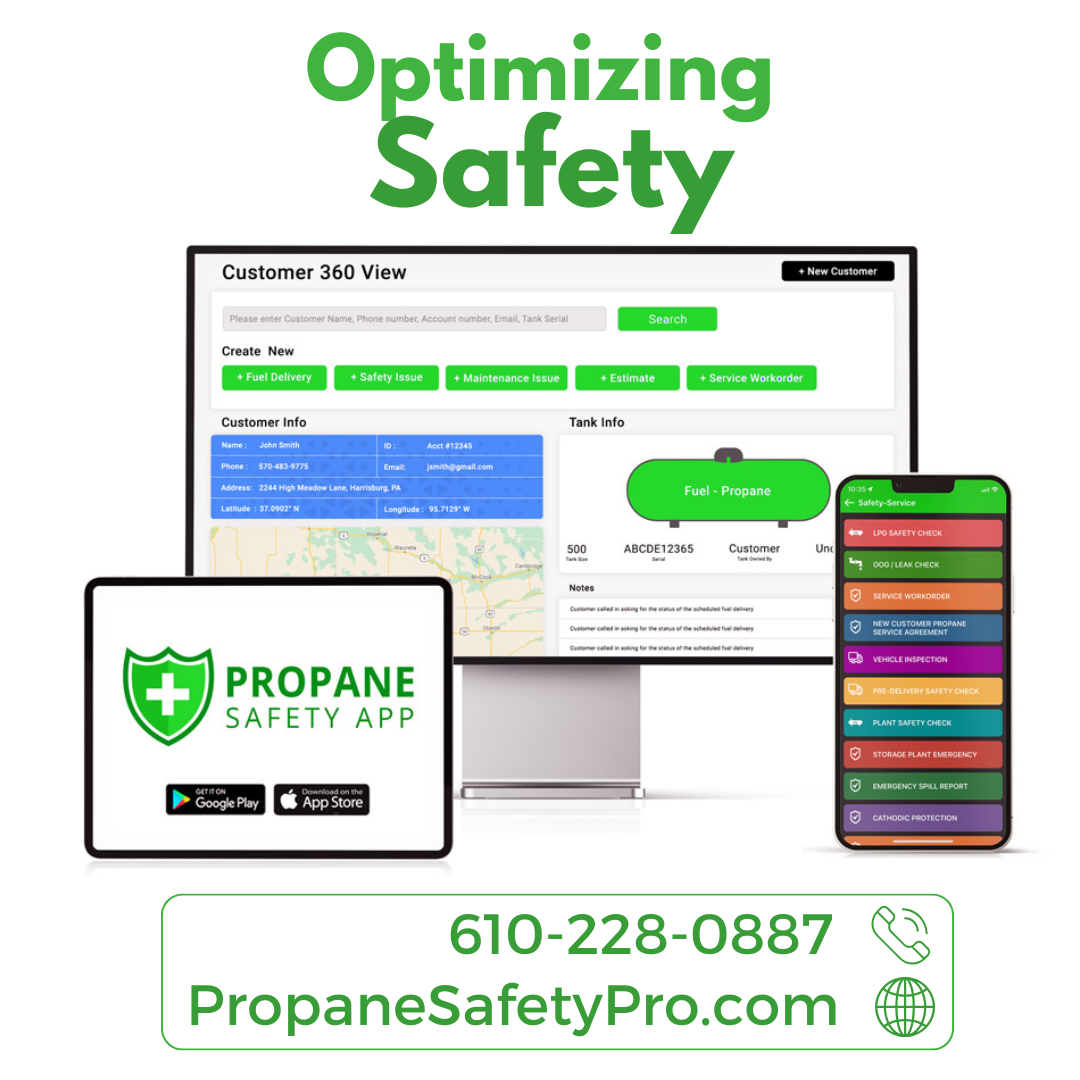A Practical Guide to Testing a Propane Regulator

A propane regulator is an essential component that ensures the proper flow and pressure of gas from your tank to appliances. Over time, regulators can wear down, leading to safety risks, inefficient energy use, and even potential damage to your equipment. Regular testing is critical to ensure that your regulator continues to function properly and safely. This guide walks you through the process of testing a propane regulator to help keep your operations running smoothly.
Why Consistent Regulator Testing is Important
Testing propane regulators is a vital maintenance task that should be performed regularly to ensure both safety and proper performance. A malfunctioning regulator can result in dangerous leaks, improper gas flow, or even fire hazards. Whether you are running a propane business or using propane for residential purposes, testing regulators helps prevent costly repairs and ensures a secure and efficient system.
Tools Needed for Testing
Before you begin testing the regulator, make sure you have the necessary tools on hand. These should include:
Pressure Gauge: Used to measure the gas pressure.
Wrench: For tightening and loosening connections.
Soap Solution: To check for leaks.
Manometer (optional): A specialized device for measuring pressure more accurately.
Guide to Testing a Propane Regulator
Turn Off Gas Supply
Begin by turning off the gas supply at the propane tank. This ensures that you are working with no active gas flow, preventing accidental leaks during the testing process.
Disconnect the Regulator
Use a wrench to disconnect the regulator from the propane tank or pipeline. Make sure the connections are clean and free from debris before reattaching or testing further.
Check for Leaks
Use a soap solution or leak detection fluid on the regulator’s connection points, including where it connects to the tank and the appliance. Turn the gas supply back on temporarily and watch for bubbles forming. If bubbles appear, this indicates a leak, and the regulator should be replaced or repaired before further use.
Test the Pressure
After ensuring there are no leaks, check the gas pressure to make sure it falls within the recommended range for your system. Most regulators have a pressure gauge built-in, or you can use an external manometer. If the pressure is too high or too low, the regulator might need adjustment or replacement.
Monitor the Flow of Gas
After the pressure test, check that the gas flow is consistent. If the flow is irregular or too weak, the regulator may not be working efficiently, which can affect the operation of appliances connected to the system.
Reinstall and Secure the Regulator
If everything checks out, securely reinstall the regulator. Tighten any connections with a wrench, ensuring that they are snug but not over-tightened, which could cause damage to the threads.
Test Appliances
Finally, check the appliances connected to the regulator to ensure they are receiving the right amount of gas. If there are any issues, it could be an indication that the regulator needs further attention.
When to Replace a Propane Regulator
Testing your propane regulator is crucial, but over time, even the best-maintained regulators will need to be replaced. Some signs that your regulator may need replacing include:
Inconsistent Gas Flow: If the gas flow is erratic despite having no leaks.
Visible Damage: Cracks, corrosion, or other visible signs of wear.
Age: Regulators older than 15 years may not function as efficiently and should be replaced to ensure safe operation.
Protect Your Propane System
Regular testing and maintenance of propane regulators are key to ensuring the safety and efficiency of your propane system. Simple tests, like checking for leaks and measuring pressure, can prevent hazardous situations and improve the overall performance of your equipment. By staying on top of regular testing and replacing outdated or faulty regulators, you can avoid unnecessary risks and keep your business operations running smoothly.










